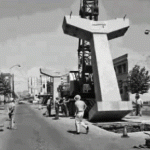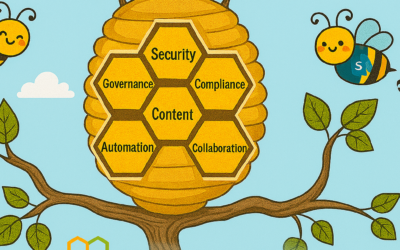There’s plenty of technical articles discussing what tool to use, what commands to use, what products to use and more in the face of migrating one or more SharePoint environments from 2007 to 2010. However, this article describes the process that a SharePoint Architect would need to define with the SharePoint Administrator to ensure there is a plan which covers:
- What will be migrated
- What environments will need to be in place
- What Risks have been investigated
- What teams are involved
- What Third Party systems have been investigated
Note that this document as said is not a click here click there guide (there’s a huge amount of excellent resources out there) – neither does it advocate any particular tool to use (I have used content db shift as an example). What this articles is here to do is to help you focus on the areas that the stakeholders will need to know – and provide key benefits to things that your peers would want to know – e.g. ‘When does this take place’, ‘What features for my web application will be available’, ‘How will the backup work’, ‘Is DR going to be in place’ and many more.
Also, for those who use Mind Manager 2012 I have included the Mind Map minus all the text – this is so you can use the same method as I have to gather your thoughts and present to the client.
Happy Reading!










